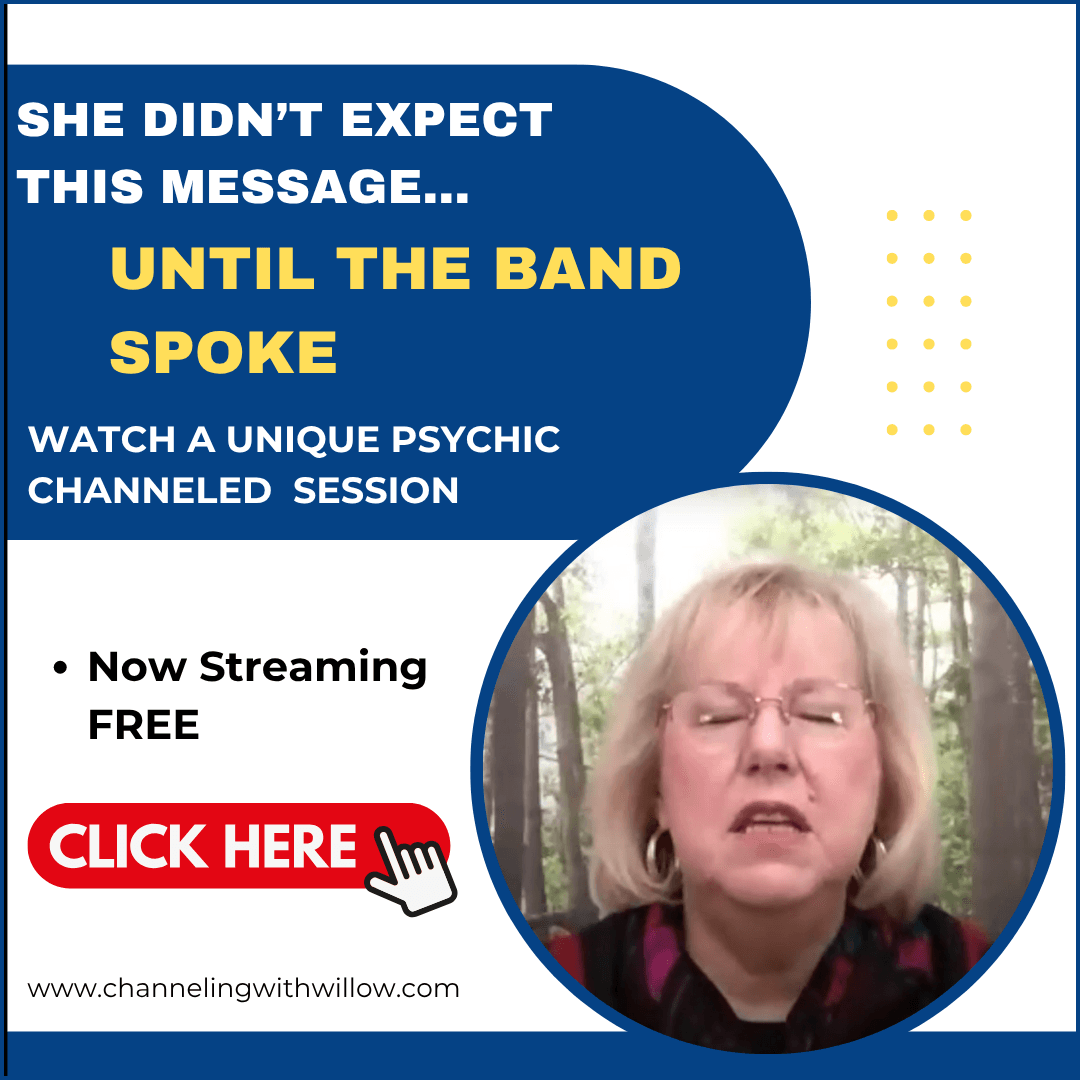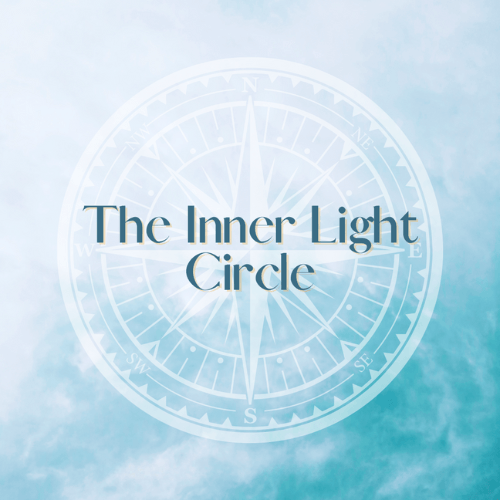
The History of Channeling
Introduction
Channeling, a practice where individuals, known as mediums or channels, claim to communicate with non-physical entities or consciousnesses, has fascinated and puzzled humanity for centuries. Despite its enigmatic nature and the skepticism it often attracts, channeling has played a significant role in spiritual traditions around the globe and continues to pique interest in contemporary society.
Section 1: Ancient Origins of Channeling
Channeling is not a new phenomenon; its roots can be traced back to the shamanistic practices of indigenous cultures across the world. Shamans, acting as intermediaries between the physical and spiritual worlds, would enter trance states to communicate with spirit guides, ancestors, or deities to request guidance, healing, or protection for their communities.
In ancient Greece, the Oracle of Delphi is one of the most well-known examples of early channeling. Here, the Pythia, a priestess, would deliver messages from the god Apollo, serving as a vital consultant to all levels of Greek society, from common citizens to rulers planning critical military actions. These prophetic messages, often cryptic, were interpreted by priests and played a crucial role in decision-making processes.
Section 2: Channeling in Major World Religions
Throughout history, many of the world’s major religions have stories of figures who communicated with a divine source. In the Abrahamic religions, prophets like Moses and Muhammad are believed to have received their revelations directly from God, essentially channeling divine laws and guidance to their people.
Mystical branches of these traditions, such as Sufism in Islam and Kabbalah in Judaism, also embrace concepts akin to channeling. These mystics often report experiencing visions or voices that provide spiritual insights or divine wisdom, indicating a form of spiritual communication transcending ordinary human interactions.
Section 3: Modern Spiritualism and Channeling
The 19th century marked a pivotal era with the birth of Modern Spiritualism in the United States and the United Kingdom. This movement primarily focused on mediumship, where mediums communicated with the spirits of the deceased. The Fox Sisters, in 1848, became famous for allegedly communicating with spirits via rapping noises, sparking widespread public interest and leading to the rapid spread of Spiritualism.
Edgar Cayce (see his photo, circa 1910), known as the "Sleeping Prophet," emerged as a prominent figure in early 20th-century America. He performed thousands of psychic readings while in a trance state, offering medical advice and revealing past lives, which were documented and are still studied today.
Section 4: Channeling in the 20th Century
The New Age movement of the mid-20th century brought a renewed interest in channeling, but with a broader scope that included messages not only from spirits of the departed but also from extraterrestrial and interdimensional beings.
Examples of more recent American channels include Jane Roberts, who channeled an entity called Seth, produced extensive works that delved into metaphysical concepts and the nature of reality. Similarly, Esther Hicks channeling Abraham has provided guidance on the laws of attraction and consciousness.
Section 5: Contemporary Practices and Channels
Today, channelers like Willow Sibert, who communicates with a collective known as "The Band," including spirits of historical figures like Albert Einstein and Marie Curie, illustrate the evolution of channeling practices. The internet has played a crucial role in spreading these teachings, allowing channelers to reach a global audience and interact with followers via streaming platforms and social media.
Modern channeling also sometimes incorporates technology, such as Electronic Voice Phenomenon (EVP), where voices of supposed spirits are captured on audio recordings, suggesting that digital mediums are becoming a part of this age-old practice.
Section 6: Criticisms and Controversies
Despite its popularity, channeling has not been without its critics and controversies. Skeptics argue that channeling lacks empirical support and can be easily fabricated, pointing to cases where channelers were proven to be frauds. From a psychological perspective, experiences reported by channels have sometimes been compared to dissociative identity disorder, a condition characterized by the presence of two or more distinct personality states.
Section 7: The Role of Channeling in Personal and Spiritual Development
For many, channeling offers significant personal and spiritual growth. Individuals who engage with channelers often report profound transformations, feeling more connected with the universe and gaining insights that guide their personal decisions and enhance their well-being. Furthermore, channeling sessions can offer therapeutic benefits, providing comfort and closure, particularly in matters of grief and existential anxiety.
Section 8: Future Directions in Channeling
As our understanding of human consciousness and psychology continues to evolve, so too might our perception of channeling. Increasing interest in non-local consciousness and other phenomena in quantum physics could potentially offer new frameworks for understanding how channeling works. Moreover, as society becomes more open to integrating traditional and alternative beliefs, channeling may gain broader acceptance.
Conclusion
Channeling's journey from the oracles of ancient civilizations to the digital mediums of today demonstrates its enduring appeal and the complex web of beliefs that surround it. Whether viewed as a genuine communication with other realms or a psychological phenomenon, channeling continues to offer a unique lens through which to explore the mysteries of human consciousness and spirituality. It bridges past traditions with modern experiences, reflecting humanity's ongoing quest for knowledge and connection beyond the visible and tangible world.
For those drawn to the spiritual and mystical, channeling presents a fascinating dimension of human experience that encourages exploration of the self and the universe. It provides not only a platform for personal and spiritual growth but also a window into the collective desires and fears that have shaped human culture throughout history.
As we move forward, it is crucial to approach channeling with an open mind, tempered with critical thinking. While the allure of channeling can be strong, embracing both its potential spiritual benefits and its limitations allows for a balanced perspective. Engaging critically with channeling practices ensures that they enrich spiritual journeys without detracting from the pursuit of grounded, rational understanding.
Further Resources
For those interested in further exploration of channeling and its rich history, numerous resources are available. Books, documentaries, and websites offer in-depth insights into the practice, its prominent figures, and the messages conveyed through various channels.
These materials can provide both enthusiasts and skeptics alike with a broader understanding of the scope and impact of channeling throughout history and in contemporary society. Whether seeking to understand channeling from a historical, psychological, or spiritual perspective, these resources can serve as valuable tools in navigating the complex landscape of human belief and experience.
Discover the Inner LIght Circle
The Inner Light Circle is your place to reconnect with your soul — through monthly channeled teachings, gentle guidance, and a loving spiritual community that helps you grow, heal, and remember who you truly are.

Channeling With Willow brings you channeling events, inspirational ideas, new perspectives, and updates on psychic phenomena and related topics. Learn more

